
Get the latest international news and world events from around the world.

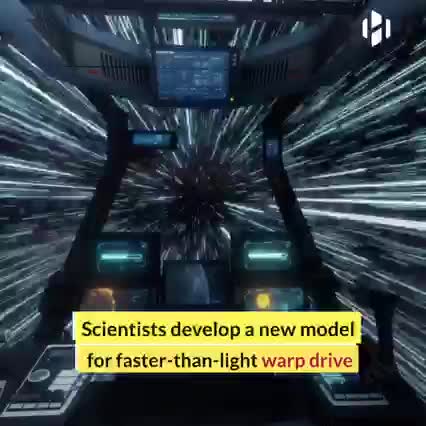
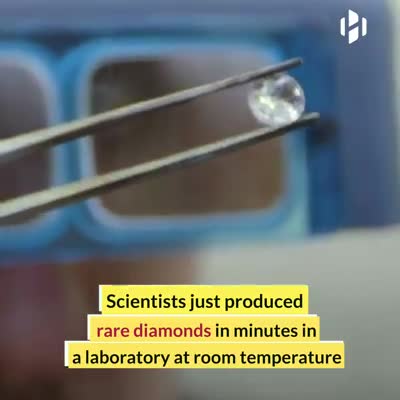
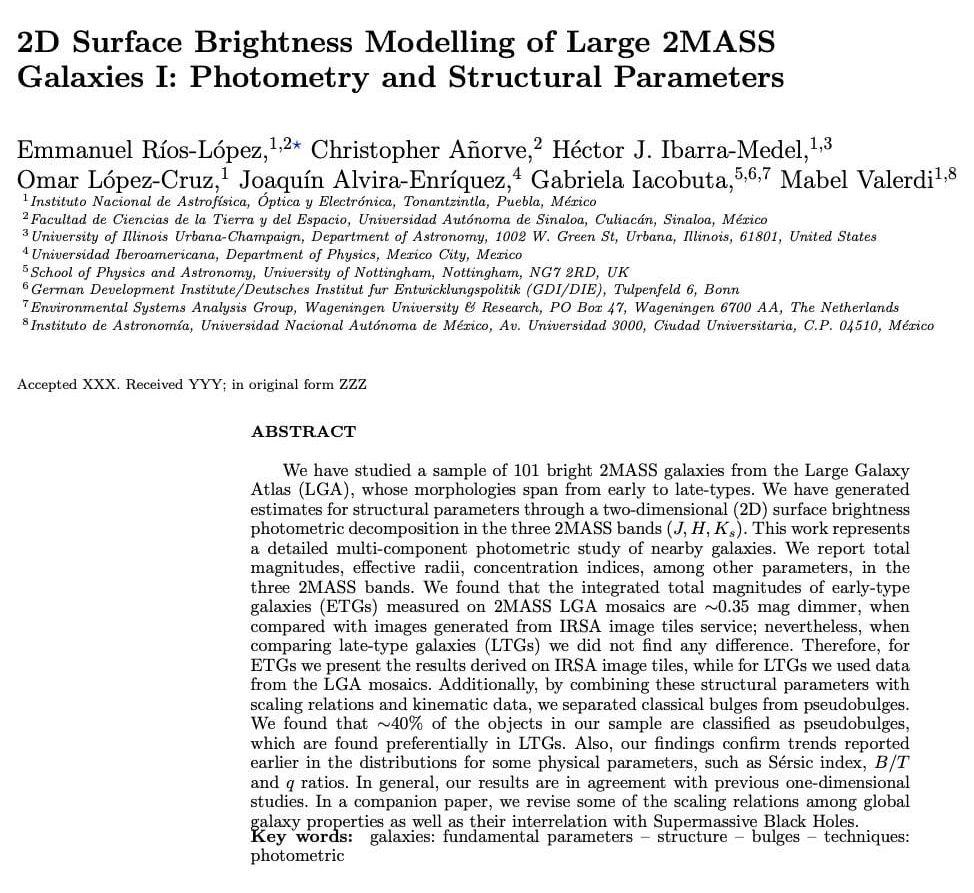
Article Accepted in Monthly Notices of the Royal Astronomical Society
Congratulations to Dr. Emmanuel Ríos López and her co-advisor Dr. X’opher Añorve and to our collaborators, Dr. Hector Javier Ibarra Medel, the Dr. Mabel Valerdi, the Dr. Gabriela Ileana Tudorica Iacobuta and the lng. Physics. Joaquin Alvira Enriquez. Three generations of summer students (VICI): Alvira-Enriquez, Valerdi and Iacobuta. Three generations of PhD students: Añorve, Ibarra-Medel and Rios-Lopez.
In this work we analyzed a sample of 101 brilliant galaxies using a two-dimensional decomposition of the shallow shine. This work serves to explore the formation of galaxies and their relationship with the supermassive holes black houses in their cores. We fixed some errors that the original sample came dragging.
We are grateful to Prof. Thomas Jarrett and Dr. Chien Peng for helping us along the generation of the work. We are standing on their shoulders, Prof. generated the Large Galaxy Atlas and Dr. Peng gave us GALFIT the best software for galaxy 2D surface brightness analysis.
We appreciate the sponsorship of INAOE, Conacyt„ Academia Mexicana de Ciencias and the Verano de la Investigación Científica del INAOE.

Martian Crust Could Sustain Life through Radiation
Deep below the ground, radioactive elements disintegrate water molecules, producing ingredients that can fuel subterranean life. This process, known as radiolysis, has sustained bacteria in isolated, water-filled cracks and rock pores on Earth for millions to billions of years. Now a study published in Astrobiology contends that radiolysis could have powered microbial life in the Martian subsurface.
Dust storms, cosmic rays and solar winds ravage the Red Planet’s surface. But belowground, some life might find refuge. “The environment with the best chance of habitability on Mars is the subsurface,” says Jesse Tarnas, a planetary scientist at NASA’s Jet Propulsion Laboratory and the new study’s lead author. Examining the Martian underground could help scientists learn whether life could have survived there—and the best subsurface samples available today are Martian meteorites that have crash-landed on Earth.
Tarnas and his colleagues evaluated the grain sizes, mineral makeup and radioactive element abundance in Martian meteorites and estimated the Martian crust’s porosity using satellite and rover data. They plugged these attributes into a computer model that simulated radiolysis to see how efficiently the process would have generated hydrogen gas and sulfates: chemical ingredients that can power the metabolism of underground bacteria. The researchers report that if water was present, radiolysis in the Martian subsurface could have sustained microbial communities for billions of years—and perhaps still could today.
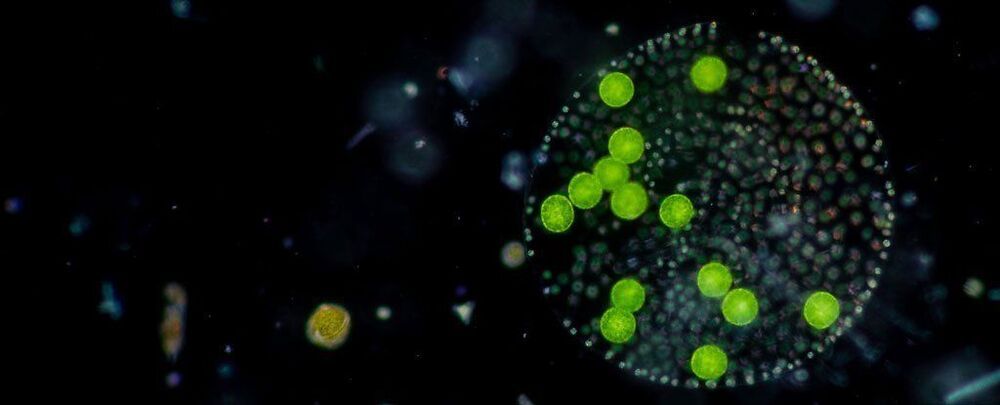
Oldest Fossilized Land Plant Spores Have Scientists Rethinking How Plants Evolved
When plants first ventured onto the land, evolving from freshwater-dwelling algae, more than 500 million years ago, they transformed the planet. By drawing carbon dioxide from the air, they cooled Earth, and by eroding rock surfaces they helped build the soil that now covers so much land.
These changes to the planet’s atmosphere and land surface paved the way for the evolution of the biosphere we know. Land plants make up around 80 percent of Earth’s biomass.
The pioneering plants were small and moss-like, and they had to overcome two big challenges to survive on land: avoiding drying out, and surviving the Sun’s harsh ultraviolet light.

Israeli researchers say llama nanobodies could help stop COVID
I think I posted about the work in Texas, but here is more work.
Israeli and American researchers have discovered a nanobody cocktail that could neutralize coronavirus, including the Delta mutation.
Nanobodies are single domain antibodies derived from llamas — or other members of the camel family.
The discovery of the cocktail and their effectiveness in combating coronavirus was published in the peer-reviewed journal Nature Communications.
“If we can produce an innovative drug through the cocktail, it will be a life-saving treatment — if given early in the disease,” according to Hebrew University School of Engineering and Computer Science Dr. Dina Schneidman-Duhovy, who helped lead the study with University of Pittsburgh researcher Dr. Yi Shi.
A team of Israeli and American researchers have found a combination of antibodies derived from llamas that may be effective in treating the coronavirus.

NASA Is Returning to Venus, Where It’s 470°C. Will We Find Life When We Get There?
NASA has selected two missions, dubbed DAVINCI+ and VERITAS, to study the “lost habitable” world of Venus. Each mission will receive approximately $500 million for development and both are expected to launch between 2,028 and 2030.
It had long been thought there was no life on Venus, due to its extremely high temperatures. But late last year, scientists studying the planet’s atmosphere announced the surprising (and somewhat controversial) discovery of phosphine. On Earth, this chemical is produced primarily by living organisms.
The news sparked renewed interest in Earth’s “twin,” prompting NASA to plan state-of-the-art missions to look more closely at the planetary environment of Venus—which could hint at life-bearing conditions.
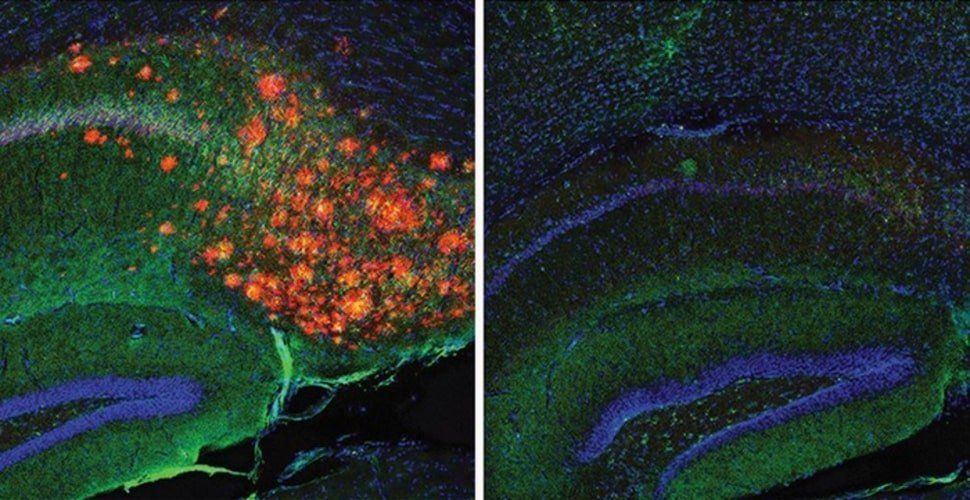
Brain Cholesterol Regulates Alzheimer’s Plaques
“We showed that cholesterol is acting essentially as a signal in neurons that determines how much Aβ gets made—and thus it should be unsurprising that apoE, which carries the cholesterol to neurons, influences Alzheimer’s risk,” says study co-senior author Scott Hansen, PhD, an associate professor in the Department of Molecular Medicine at Scripps Research, Florida.
Summary: A new advanced imaging technique shows how cholesterol regulates the production of Alzheimer’s associated amyloid beta proteins in astrocytes.
Source: Scripps Research Institute
A team co-led by scientists at Scripps Research has used advanced imaging methods to reveal how the production of the Alzheimer’s-associated protein amyloid beta (Aβ) in the brain is tightly regulated by cholesterol.
Appearing on line Thursday ahead of print in the Aug. 17 issue of the Proceedings of the National Academy of Sciences (PNAS), the scientists’ work advances understanding of how Alzheimer’s disease develops and underscores the long-underappreciated role of brain cholesterol.

University of Utah researchers may have found a way to fix a broken heart
These researchers recently published a study on VDAC2, a protein that helps regulate calcium signaling within heart cells. Blockage of the signals causes severe impairment of heart cell contraction, making it harder for the organ to push blood through the body.
Taking away this protein made heart function sharply decline in laboratory mice, eventually leading to their death, while reintroduction of VDAC2 reversed many of the effects of heart failure. An experimental drug called efsevin was able to produce similar effects in other mice with heart failure.
With the epidemic of heart failure exacerbating the pandemic of COVID-19, the discovery by University of Utah researchers in Salt Lake City of a protein in heart cells brings the potential for a method to improve heart function in patients.